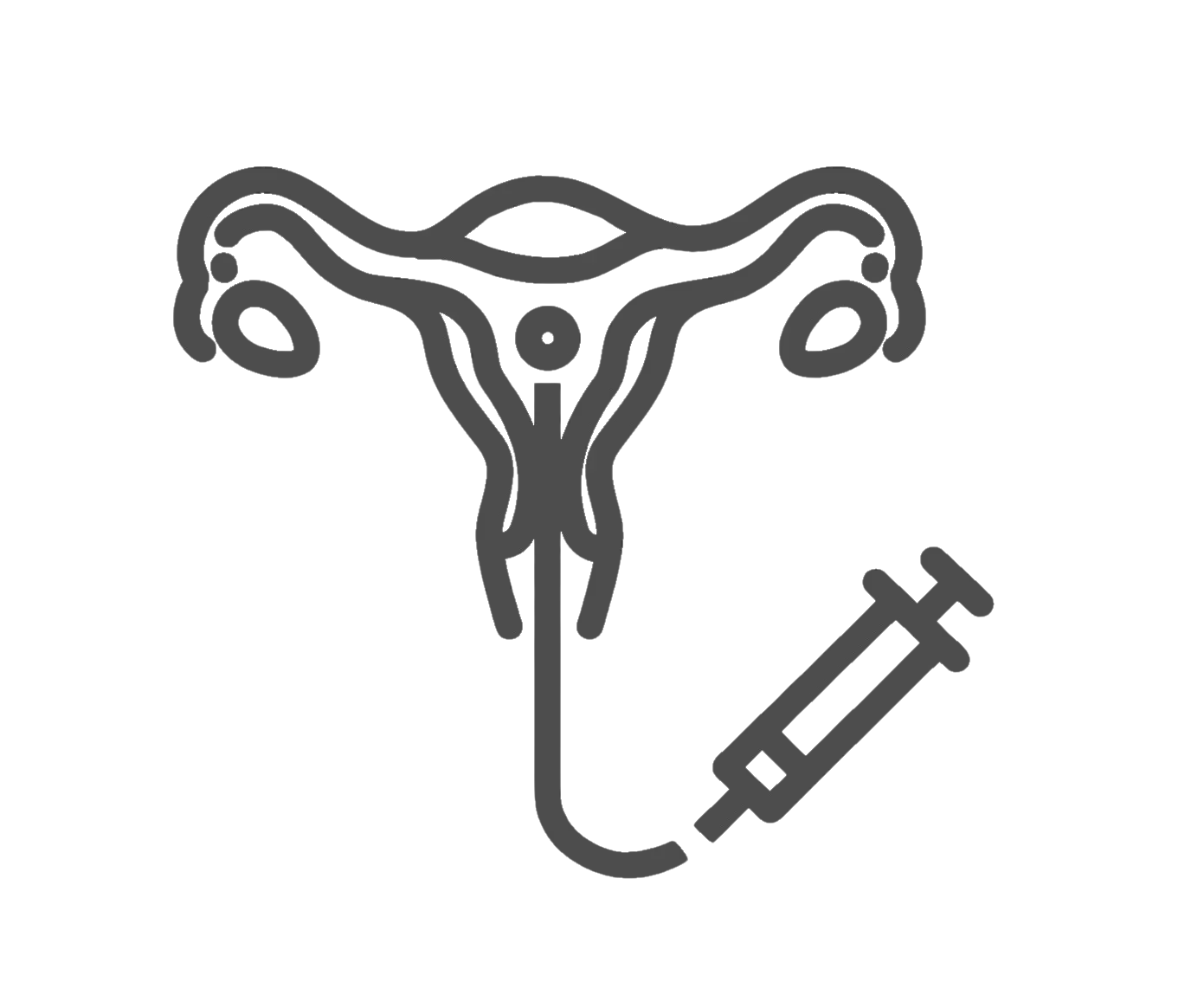Fibroids
Diagnosing and managing the effects of fibroids on your fertility and quality of life takes an expert. Find the care you need with Dr Ying Li.
Fibroids are non-cancerous growths of the uterus and are common during the reproductive years. Many people have no symptoms, while others experience heavy periods, pelvic pain or pressure, or difficulties conceiving. Sizes vary from very small to more than 20 cm.
Although fibroids are usually harmless, they can affect wellbeing and, in some cases, fertility. Dr Ying Li can assess whether fibroids are playing a role in your symptoms or fertility and discuss options that align with your goals.
What are fibroids?
Fibroids are benign (non-cancerous) tumours of the uterus. They are technically called leiomyomas. They consist of smooth muscle and collagen and have a clearly defined outer capsule. They are generally slow growing tumours that respond to both oestrogen and progesterone as growth factors.
They are very common and often found incidentally when performing ultrasounds for other reasons.
Most fibroids are small but can get to > 20cm in size.
Where in the uterus do fibroids grow?
Fibroids can grow anywhere in the uterus. Some grow on the surface of the uterus, and these are known as subserosal fibroids. Others grow in the body and muscle of the uterus. These are called intramural fibroids. Some grown on the side of the uterus and in the cavity or lining of the uterus. These are known as submucosal fibroids. Rarely they can grow completely outside the uterus and also in the cervix.
Why do people get fibroids?
We still do not fully know why fibroids occur in some people and not others. In general, fibroids respond to oestrogen and progesterone to grow and thicken their collagen matrix. Certain people exhibit changes in their genes that regulate cell proliferation, programmed cell death and production of growth factors which may be linked to fibroids.
Some ethnic groups such as those of African origin, are more likely to have fibroids. Other risk factors include prolonged oestrogen exposure (eg early periods), family history and obesity.
What symptoms do people with fibroid have?
The vast majority of people with fibroids have no symptoms. Some have heavy menstrual bleeding, others have pain and pressure symptoms due to a large fibroid pressing on surrounding structures. Some notice an swelling in their abdomen.
How are fibroids diagnosed?
Fibroids are mostly diagnosed on ultrasound. Most of these ultrasounds are for people who have no fibroid symptoms but are having the scan for another reason. Magnetic resonance imaging (MRI) with reported by an experience radiologist is also a good way of diagnosing fibroids. MRIs can also be very useful for differentiating fibroids from other masses.
How do I know my fibroid is not cancer?
Fibroids are benign non-cancerous tumours. However sometimes they can look similar to leiomyosarcomas or smooth muscle cancer. Generally, sarcomas occur in older patients and grow more rapidly. They are also larger and have an uneven irregular appearance on ultrasound. Sarcomas can also appear differently with certain MRI imaging techniques but need the skills of an experienced radiologist to detect these changes. Ultimately, the only way to differentiate between a fibroid and a sarcoma is to do surgery, remove the mass.
Do fibroids affect fertility?
Some fibroids affect fertility and miscarriage. Fibroids on surface of the uterus do not affect fertility. Fibroids jutting in to the lining / cavity of the uterus (whether they are growing in the lining or are large fibroids originating from the muscle but jutting into the lining / cavity) can affect fertility and miscarriage.
The mechanisms proposed include changing the way the uterus contracts, changing blood flows around the lining, suppressing the expression of molecules that embryos need to implant into the uterus while promoting chemicals that cause inflammation.
Do fibroids go away by themselves?
Most fibroids will stop growing and shrink once menopause occurs.
How do can fibroids be treated?
The treatment of fibroids depends on the aims of treatment.
For cramping and low-level pains – simple medications like paracetamol and anti-inflammatory medications like ibuprofen can help. Iron tablets can help with heavy menstrual bleeding.
For more severe symptoms, hormonal treatment can inhibit the action of estrogen and progesterone and slow growth and treat heavy menstrual bleeding. Some come in tablet form and others are in the form of injections. Hormonal intrauterine devices can also be used to control heavy menstrual bleeding. However, if the fibroid affects the shape of the uterine cavity, then there is a chance that the device will be expelled. These hormones cannot be used in someone who is trying to fall pregnant.
For people wishing to fall pregnant, removing the fibroid is an option. This is called a myomectomy. Those fibroids that grow on the inside of the uterine cavity can be removed with a hysteroscope which is a camera inserted under general anaesthetic into the uterus. This will not require any skin incisions or cuts. Fibroids mainly in the muscle or body of the uterus will need abdominal surgery to remove it. This can be done via an abdominal incision (open), keyhole (laparoscopic) or robotically. The modality of the removal will depend on the nature of fibroid including its size, the preference of the surgeon and the desired outcome of the patient. It is important to note that not all fibroids need to be removed for fertility reasons.
For people who do not wish to fall pregnant or who have completed their families, a hysterectomy can be offered. This is the removal of the uterus and the fallopian tubes. The ovaries are left intact so there is no surgical or premature menopause from this procedure. A hysterectomy is also the best option if there is uncertainty about the nature of the mass or if it is difficult to determine whether the mass is a fibroid or another type of lesion eg sarcoma. The modality of the surgery is generally abdominal – either through an open incision or keyhole or robotically. The nature of the fibroid and the surgeon will be key determinants on what modality is used.
Diagnosing and managing the effects of fibroids on your fertility and quality of life takes an expert. Find the care you need with Dr Ying Li.
Dr Ying Li is a CREI-accredited fertility specialist with extensive experience in diagnosing and managing fibroids. If you are experiencing symptoms, planning pregnancy or seeking clarity on your options, Dr Li can provide tailored guidance and care.
Consulting Rooms
Level 3, 321 Kent St
Sydney NSW 2000
137 St Johns Rd,
Glebe, NSW 2037
50-52 Gloucester Rd,
Hurstville NSW 2220
Phone and Fax
T: 1300 323 297
F: 02 8212 8944
Assisted Reproductive Technology treatments available with Dr Ying Li

PGT
Pre-implantation Genetic Diagnosis / Screening

Ovulation Induction
Ovulation Stimulation

IVF
In vitro Fertilisation

IUI
Intrauterine Insemination
